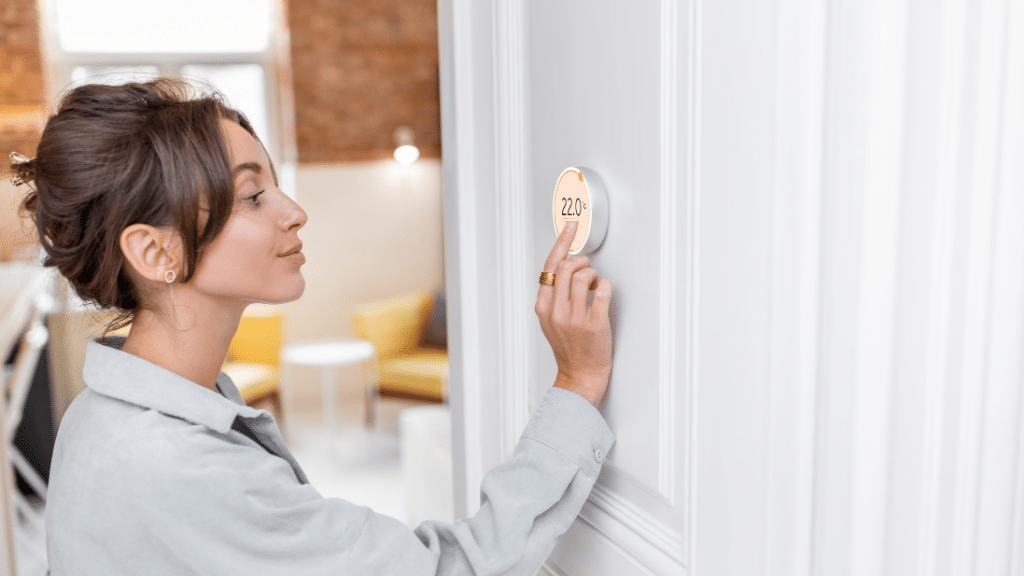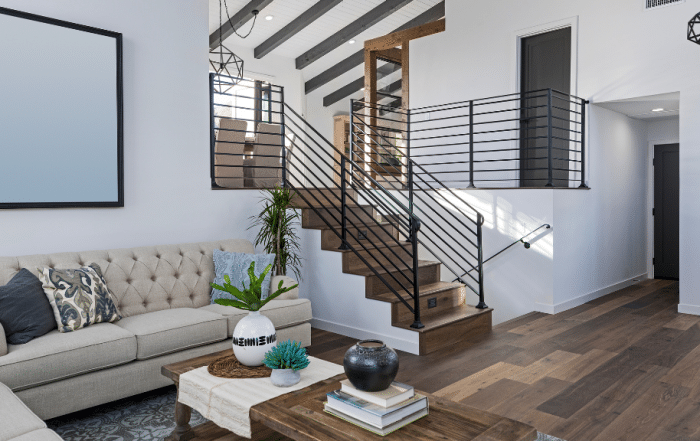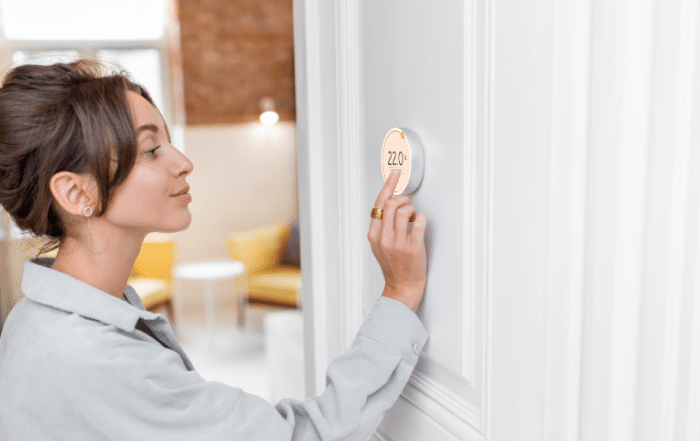When it comes to setting your HVAC system, one question we often get from homeowners is:
“Should I leave my HVAC fan on all the time, or switch it to ‘Auto’?”
If you’ve ever wondered about this, you’re not alone—and the answer depends on your comfort needs, energy efficiency goals, and the type of system you have. In this post, we’ll break down the pros and cons of keeping your HVAC fan in the ‘On’ position versus the more common ‘Auto’ setting.
What Does the HVAC Fan Actually Do?
Your HVAC system’s fan is responsible for circulating air throughout your home. It can operate in two modes:
- Auto – The fan runs only when your heating or cooling system is actively running.
- On – The fan runs continuously, regardless of whether the system is heating or cooling.
Pros of Leaving Your Fan On
- Better Air Circulation
Your fan will continuously move air throughout your home, helping to reduce hot and cold spots and keeping the temperature more even. - Improved Air Filtration
More air movement means more air is pushed through your HVAC filter. This can help trap more dust, allergens, and particles—especially if you use a high-quality filter. - Increased Comfort During Mild Weather
On days when you don’t need heating or cooling, the fan alone can help keep air from feeling stale.
Cons of Leaving Your Fan On
- Higher Energy Bills
Running your fan 24/7 uses more electricity than letting it cycle on and off with the system. If you’re energy-conscious or on a tight budget, this could be a drawback. - Faster Filter Wear
Since more air is moving through your filter, you’ll need to check and replace it more often. A dirty filter can reduce system efficiency and air quality. - Humidity Concerns (Especially in Summer)
In humid climates, running the fan constantly may reintroduce moisture back into your home after the AC cycle ends, making things feel more humid.
When Does It Make Sense to Leave the Fan On?
You might consider leaving the fan on if:
- You have indoor air quality concerns (allergies, asthma, pets).
- You’re using an advanced air filtration or purification system.
- Your home has uneven temperatures or poor airflow in certain rooms.
Pro tip: If your HVAC system has a variable-speed fan, it can run at lower speeds continuously without the energy waste of older, single-speed models. This offers the benefits of running the fan without the high energy costs.
Our Recommendation: Auto Is Usually Best
For most homes, leaving the fan on Auto strikes the best balance between comfort and energy efficiency. But if you want the benefits of constant airflow and don’t mind the extra energy use (or have an energy-efficient fan), the On setting can be a great option—especially when paired with a smart thermostat.
Still Not Sure What’s Best for Your Home?
If you’re not sure what setting is right for you—or if your HVAC system is running inefficiently—our expert technicians can help. We’ll inspect your system, look at your energy usage, and help you find the best comfort strategy for your home.
Call us today or schedule a service appointment online to learn more!
Your comfort is our priority—let us help you get the most out of your HVAC system, year-round.




